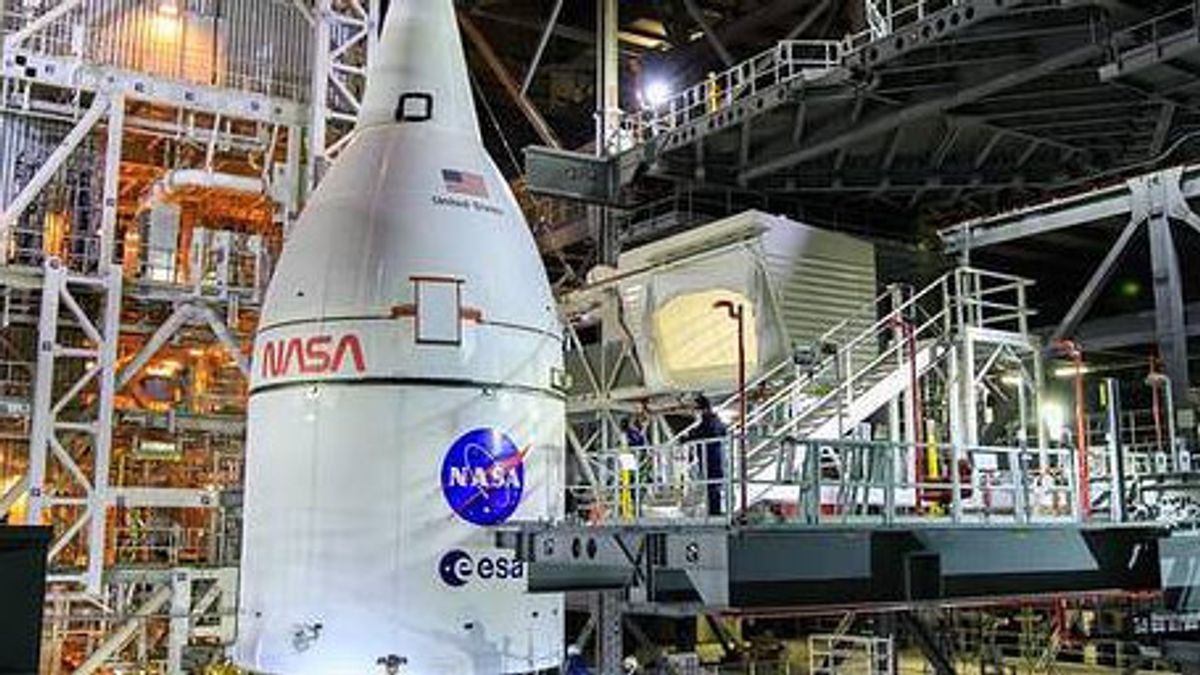JAKARTA - NASA's mission to launch to the Moon looks imminent, the space agency has just put the Orion spacecraft aboard a Space Launch System (SLS) rocket and the integrated system has entered the final stages of preparation for an unmanned test flight that will run around the Moon. .
The mission, known as Artemis I, will pave the way for future test flights with crews before NASA sets out on more complex missions with astronauts on and around the Moon.
NASA confirmed that the launch is targeted for February 2022. However, before the launch can take place, NASA will need to go through a series of integrated tests to complete payment for the system.
While there is still some testing to be done. NASA's Exploration Ground Systems program manager Mike Bolger said the completion of the installation of the Orion aboard the SLS rocket was an important milestone.
"While there is still work to be done to roll it out, with ongoing integrated testing and Wet Wear Workouts, seeing a full-fledged SLS is certainly a gift for all of us," Bolger said.
Upcoming and to be completed trials include Interface Verification Testing, which is designed to verify interface functionality and interoperability across all elements of the Orion rocket and capsule.
In addition, there is also a Specific Engineering Testing Program to ensure the various systems aboard the rocket and capsule are functioning properly. NASA must also conduct End-to-end Communications Testing, a testing program for integrated radio frequencies between mission control to SLS, ICPS, and Orion.
Such communication is essential to ensure communication between the rocket during the first few seconds of launch and as it moves into orbit. Then, one of the most critical test campaigns for rockets was Wet Dress Rehearsal Testing.
During the test campaign, cryogenic fuel will be loaded into the rocket while preparing for a simulated launch. For this test, the spacecraft and rocket will slide onto the launch pad for fuel preparation and various checks. During that test program, the mission controller will execute a simulated launch that stops before the engine starts during the actual launch.
The English, Chinese, Japanese, Arabic, and French versions are automatically generated by the AI. So there may still be inaccuracies in translating, please always see Indonesian as our main language. (system supported by DigitalSiber.id)













